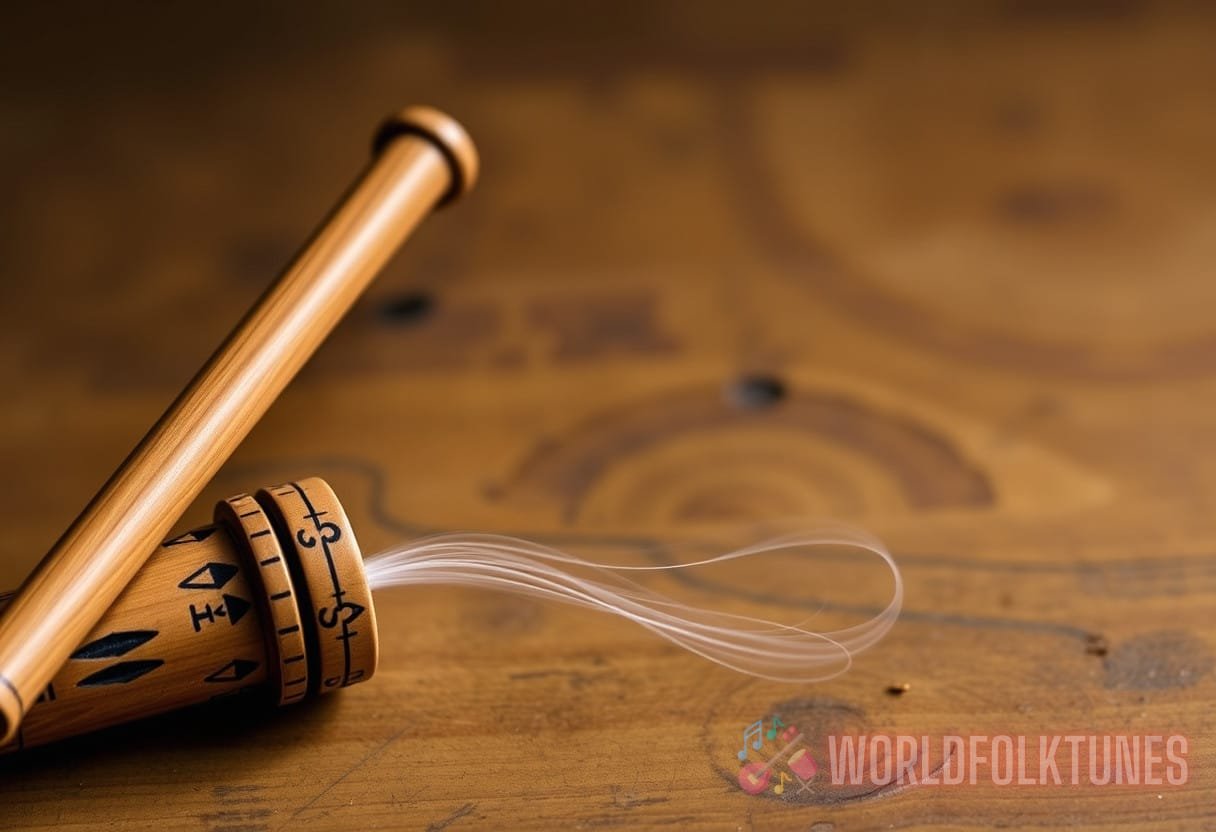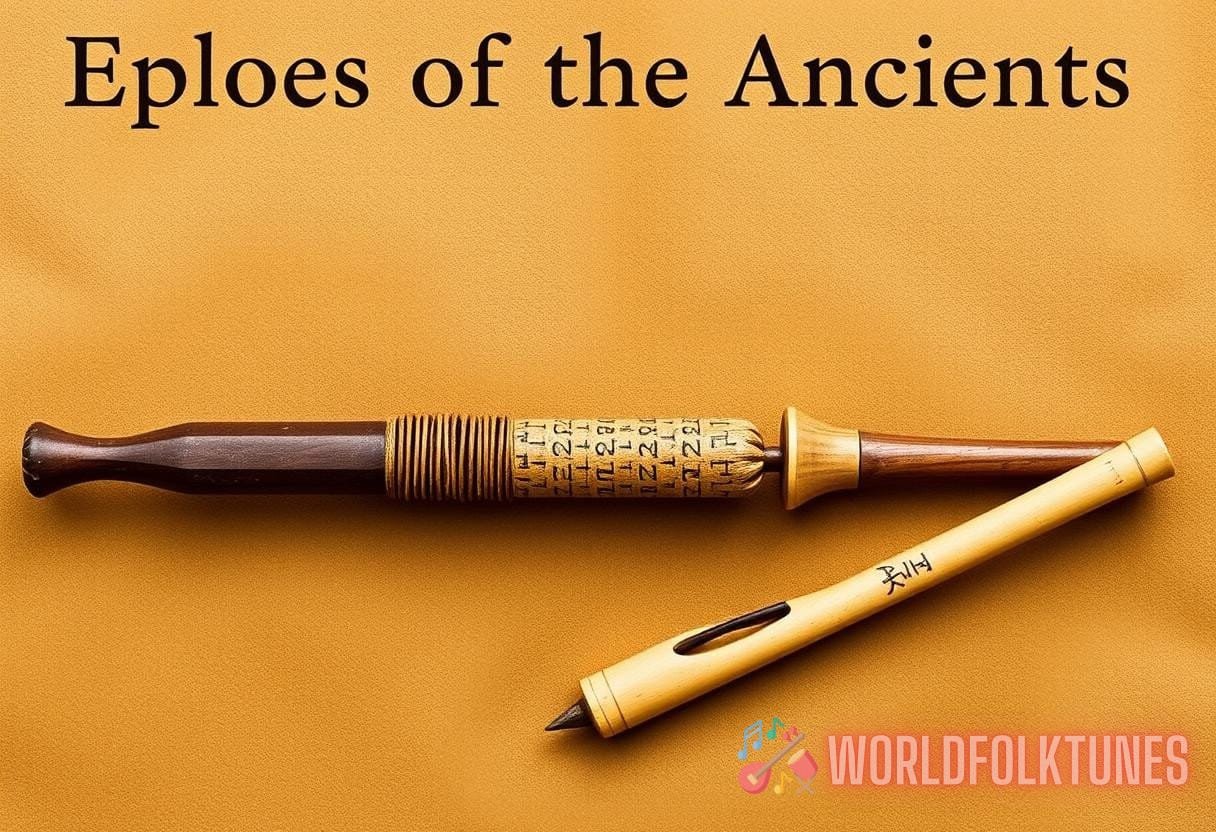Echoes of Time: Examining the Physics Behind Ancient Musical Instruments and Their Cultural Significance
Musical instruments have played a pivotal role in human culture throughout history.
The Physics of Sound Production
The process of sound production, regardless of the instrument, is based on physical principles. Sound travels as a wave, and different instruments manipulate these waves in unique ways. There are two primary categories of instruments based on how they create sound:
- String Instruments: These instruments produce sound through the vibration of strings. The pitch depends on factors like tension, length, and mass of the string.
- Wind Instruments: Wind instruments create sound by the vibration of air. The pitch is affected by the length of the air column and the method by which the air is set in motion.
Understanding the physics behind these sound production mechanisms — particularly when studying ancient instrument physics — not only reveals the scientific principles involved but also aids in the restoration and preservation of historical artifacts.
Ancient String Instruments
The Lyre
The lyre is one of the oldest string instruments known to humanity, widely used in ancient Greece and Mesopotamian cultures. The basic structure consists of a hollow body, strings, and a yoke. The physics behind the lyre’s sound can be explained by:
- Tension and Frequency: The pitch of each string is determined by its tension. Higher tension leads to a higher pitch.
- Length of Strings: Shorter strings produce higher notes, while longer strings yield deeper sounds.
According to a study published in the Journal of Musicology, historical lyres were crafted with materials like gut or animal intestines, which influenced the instrument’s tonal qualities and overall sound resonance.
The Rebab
The rebab, a bowed string instrument originating from the Middle East and Central Asia, provides another example of ancient instrument physics at work. This instrument traditionally has one to three strings made from gut or silk. Key physics principles include:
- Bow Friction: The sound arises from the bowing technique, which creates friction with the strings, invoking vibration.
- Body Resonance: The material and shape of the instrument’s body impact tonal resonance and projection.
Research conducted by the European Journal of Physics shows that the rebab was essential in both music and storytelling, amplifying narratives through its expressive sound.
Ancient Wind Instruments
The Ocarina
The ocarina is a remarkable wind instrument with origins tracing back over 12,000 years. It consists of an enclosed space and multiple finger holes, allowing for various pitches. The physics associated with the ocarina includes:
- Air Column Length: The pitch can be altered by changing the effective length of the air column via finger holes.
- Material Properties: Ocarinas made from clay or ceramic can produce distinct tonal qualities due to their physical density and texture.
Case Study: The revival of interest in the ocarina has been documented in various musical studies, highlighting its significance as an ancient instrument that bridges cultures from Mesoamerica to modern-day music.
The Shakuhachi
The shakuhachi is a traditional Japanese bamboo flute renowned for its haunting sound. Understanding its sound production requires an exploration of ancient instrument physics as follows:
- Embouchure: The way the player shapes their mouth influences sound quality and pitch.
- Wind Speed: The speed at which air is blown into the flute affects pitch and tonal characteristics.

A study in the Journal of the Acoustical Society of America elaborates on how specific fingerings and techniques have evolved over centuries, denoting the cultural significance of the shakuhachi in Japanese tradition.
Drum-like Instruments
The Djembe
The djembe, a goblet-shaped drum from West Africa, is an excellent example of the physics of percussion instruments. The construction involves a skin stretched over a round wooden body, allowing for a variety of tones. Key aspects of ancient instrument physics in this context include:
- Skin Tension: The tension of the drumhead significantly impacts the sound. Tighter skins produce higher pitches.
- Body Resonance: The shape and material of the drum amplify the sounds, creating a rich auditory experience.
According to the University of Texas at Austin, the djembe serves a functional role in African societies, often used in communal gatherings, celebrations, and rituals, thus embodying more than just a musical instrument.
The Bongo Drums
Originating from Cuba, bongo drums are the perfect illustration of interlocking polyrhythms in music. Their construction, comprising two different-sized drums, plays a crucial role in the music of the Caribbean culture. Regarding ancient instrument physics:
- Diameter and Pitch: The smaller drum, known as the macho, pitches higher than the larger drum, the hembra, due to differences in diameter and tension.
- Striking Technique: The method of striking (using hands or mallets) alters the tonal quality, contributing to the complexity of sounds.
In a performance analysis published in the American Folklore Society, bongo drums are highlighted as integral to the development of Afro-Cuban music, emphasizing their socio-cultural implications.
Cultural Significance of Ancient Instruments
From their construction to their functionality, ancient instruments reflect the cultures that created them. Each instrument carries a unique story and serves a distinct purpose:
- Ritual Use: Many ancient instruments were used in ritualistic contexts, providing a means of communication with the divine or as part of ceremonial practices.
- Social Cohesion: Instruments fostered social bonds, bringing communities together through shared music experiences in festivals and gatherings.
- Cultural Identity: The specific sounds of instruments often define cultural identity, as seen in native music around the world.
Furthermore, studies indicate that music and the use of instruments are closely tied to emotional expression, enhancing communal or individual experiences of joy, sorrow, and celebration. As explained by the Psychology Today, music serves both as a form of emotional release and a medium for storytelling.
The Role of Technology in the Evolution of Instruments
The evolution of ancient instruments also coincides with advancements in technology. Historical contexts reveal how materials, craftsmanship, and innovation pushed the boundaries of music-making capabilities. Significant technological influences include:
- Material Science: The development of different materials allowed for varied sound production, from animal skins to modern synthetic alternatives.
- Manufacturing Techniques: Advances in craftsmanship led to more precise shapes and sizes for instruments, enhancing their playability and sound quality.
Modern researchers revisit ancient techniques to restore and reconstruct instruments, shedding light on how ancient cultures approached music-making. Institutions like the Historical Musicology Journal frequently discuss ongoing experimental archaeology projects focused on recreating ancient instruments.
Conclusion: An Ongoing Journey Through Time
The intricate connection between the ancient instrument physics and cultural storytelling remains relevant today. As society continues to appreciate and explore ancient instruments, we gain insight into the science and artistry that shaped early musical practices around the globe. By studying the interplay between physics and cultural significance, contemporary musicians and scholars can better appreciate the aesthetic, emotional, and communal impacts of music through the ages.


